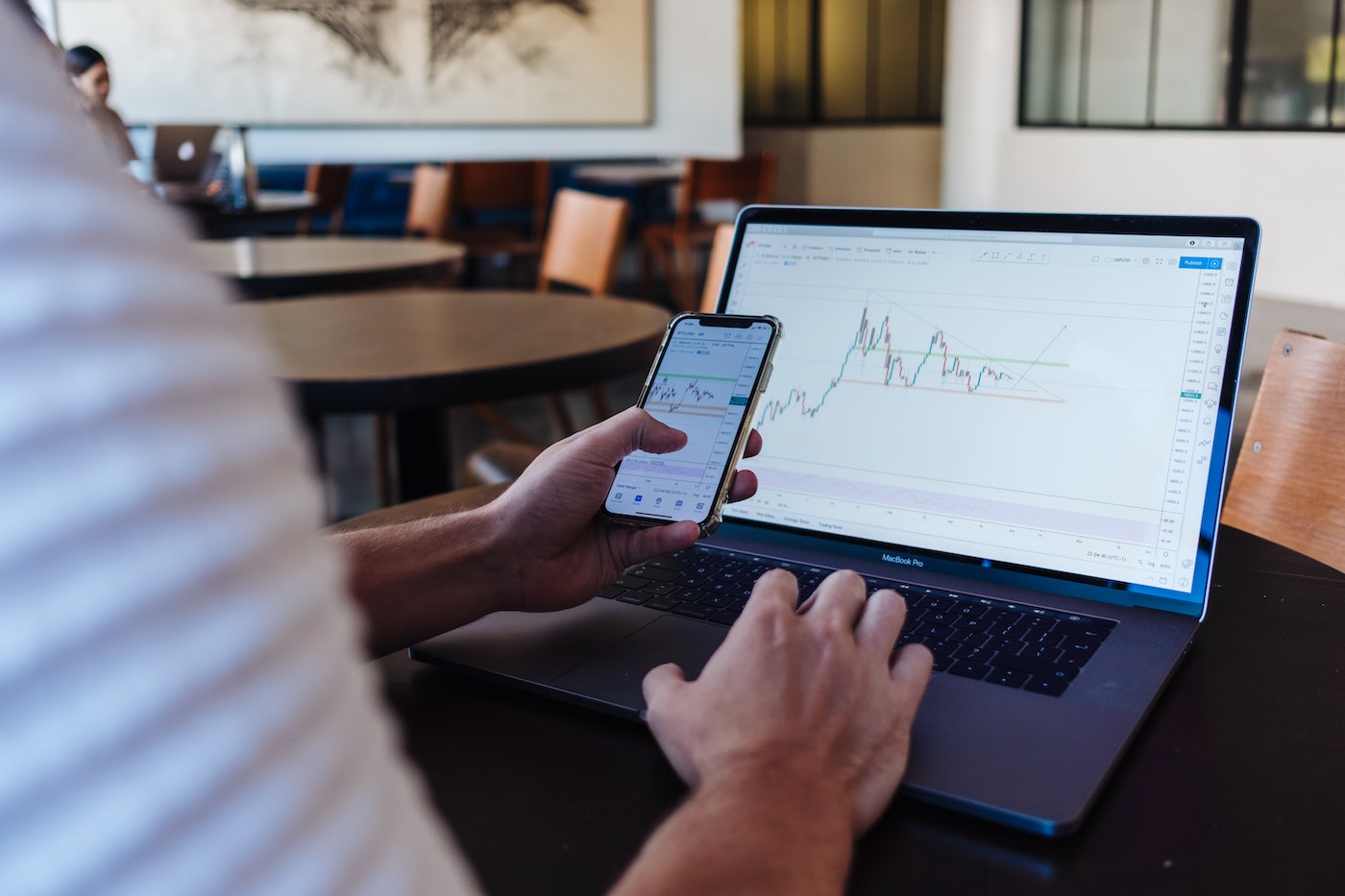Robinhood’s launch in 2014 changed the way people trade and invest. With the introduction of zero-commission stock and ETF trading, done on a stylish, easy-to-use mobile app, Robinhood set in motion a movement that would usher in millions of new investors to the market — specifically, the younger demographic sidelined from investing because of the aggressive fees most brokerages charged at the time.
Today, mobile trading apps are more popular than ever. In just six years, the number of retail investors using mobile apps increased dramatically, surging from about 29 million in 2016 to 137 million in 2021.
Why are people flocking to stock trading apps? Here are three advantages of investing with a stock trading app instead of a traditional broker.
1. Stock trading apps tend to offer the most modern trading features
In terms of revenue, stock trading apps like Robinhood, SoFi Invest and eToro pale compared to big brokers like Fidelity Investments, Charles Schwab and E-Trade. Fidelity alone has as many as 41 million individual investors, generating as much as $25 billion in 2022. Robinhood, with 11.4 million active users, brought in $1.36 billion in revenue in 2022, while SoFi saw revenues of $1.6 billion. eToro, a popular social investing platform, generated $631 million in revenue in 2022.
But many of these big brokers fall short in their offerings of modern trading features, such as fractional share trading, competitive cash sweep programs and instant buying power. Fractional share trading lets you invest with a specific dollar amount, often as little as $1, instead of having to buy in at the company’s full share price. Before fractional shares, many could not invest in pricey companies like Microsoft or Google’s parent company, Alphabet.
Then there are cash sweep programs, which offer traders and investors a solution to earn money on their uninvested cash, with some platforms offering as much as 5% APY on idle cash. Meanwhile, instant buying power is a feature that gives customers instant access to up to a specific dollar amount of their deposit to trade with instead of having to wait days for their money to clear.
Some big brokers have been including modern trading features such as robo-advisors and fractional share trading. But stock trading apps still appear to have the edge over the most innovative features.
2. Most traditional brokers don’t offer direct access to cryptocurrency; stock trading apps do
Though it’s pulled back significantly in the last couple of years, cryptocurrencies’ global value neared $3 trillion in November 2021, evidence that it’s no longer a dismissable fad but a much more mainstream form of investment.
So much so that President Biden issued an executive order in March 2022 directing federal agencies to report policy recommendations on regulatory and legislative actions associated with developing digital assets.
Moreover, a growing number of Americans see crypto as a worthy investment. Roughly 34% say crypto is a good investment, up two percent from July, when Finder last ran its survey, and up from 17% in January 2023.
But most traditional brokers still don’t offer access to crypto.
If you want to invest in this nascent asset, you need an account with a crypto exchange or stock trading app, in most cases. An exception is Fidelity, which is currently the only one of the big brokers (Fidelity, E-Trade, Charles Schwab and Vanguard) that offers direct crypto investing.
Meanwhile, Robinhood, SoFi Invest, eToro, Public, Webull and Cash App, to name a few, all let you buy and sell crypto.
3. You’d be hard-pressed to find a more streamlined trading experience than on a stock trading app
While stock trading apps are playing catch-up to big brokers in terms of available tradable assets, traditional brokers lag behind stock trading apps when it comes to offering intuitive, user-friendly mobile trading platforms. Traditional brokers offer mobile apps, though they’re clunky compared to mobile-first brokers.
Mobile-first trading platforms prioritize the aesthetics of the trading platform. The trading experience is simple and intuitive — stock trading apps shine by making it incredibly easy to sign up for an account and start investing. And when 40% of non-investors worldwide choose not to invest because they don’t know how or find investing too confusing, simplicity is ever more important.
Stock trading apps are a wonderful solution for the uninvested who are afraid to invest.
How to choose a trading app or platform
More than half of Americans are eager to buy stocks in 2023, according to Finder’s Consumer Confidence Index. And the first step is choosing a broker.
Investors interested in buying stocks online should look for a few key characteristics when choosing a stock trading app: suitable investment options, low trading costs and account fees, account types that align with your goals (does the platform only offer an individual brokerage account or does it offer an IRA?) and features that match your trading style and strategy.
Most importantly, you need hands-on experience with a stock trading app to ultimately decide if it’s right for you. Luckily, most don’t require any sort of minimum deposit to open an account, which means you can poke around the app without first committing money.
Bottom line
Whether you go with a traditional broker or one of the many stock trading apps, what’s most important is that you’re investing. But if you’re looking for a simple, intuitive platform to trade stocks and other assets, a stock trading app may be the way to go.
The views and opinions expressed herein are the views and opinions of the author and do not necessarily reflect those of Nasdaq, Inc.
Image and article originally from www.nasdaq.com. Read the original article here.

